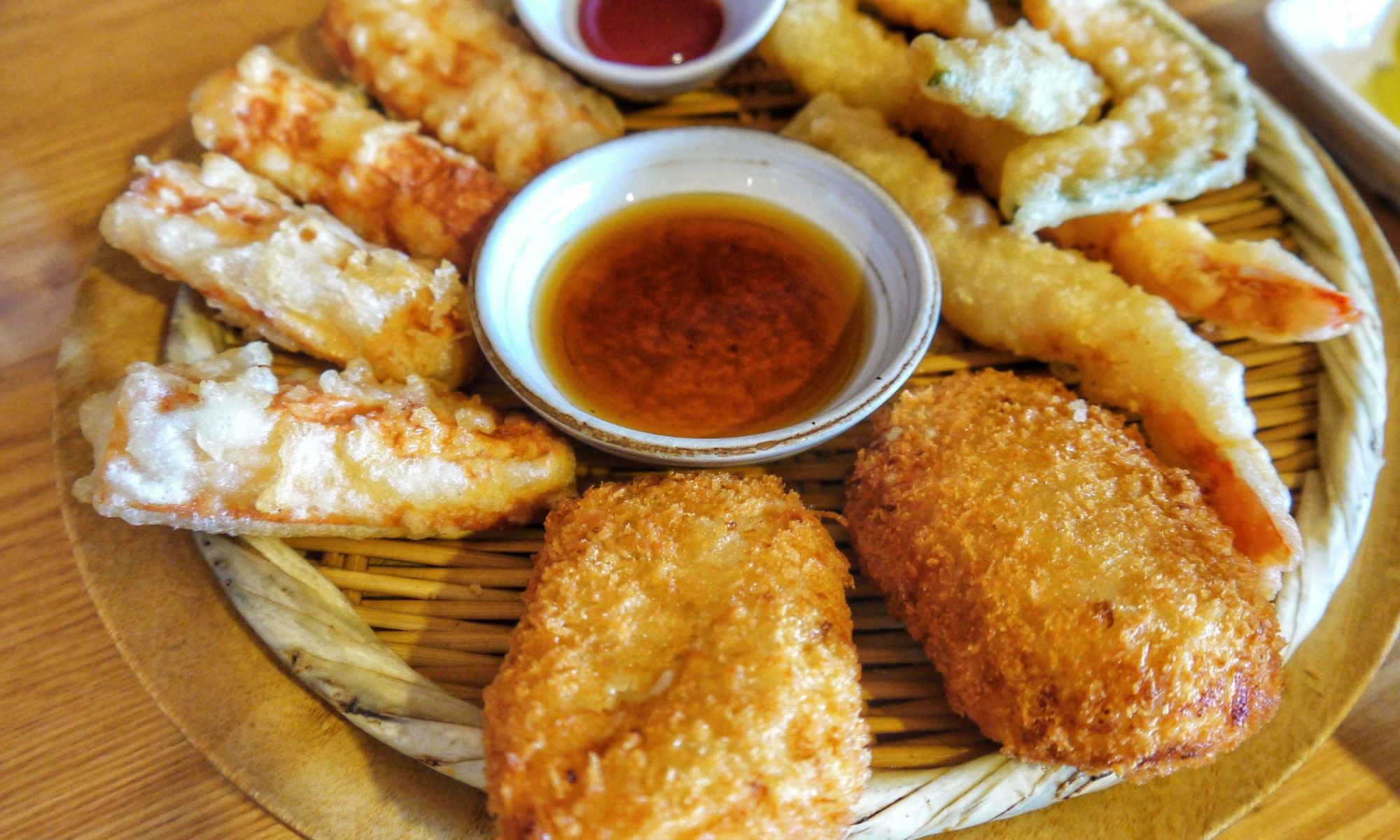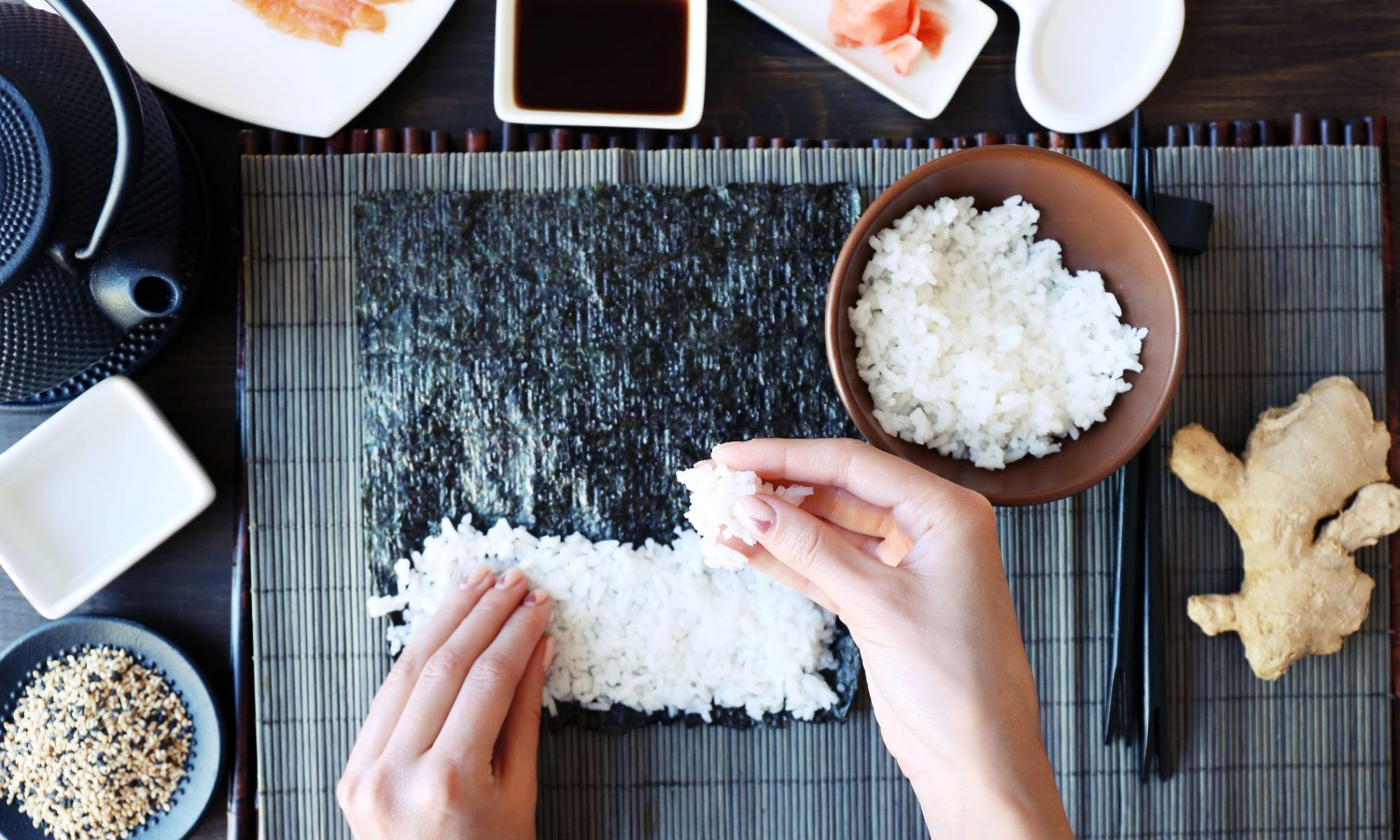When it comes to elevating the flavors of grilled dishes, Japanese BBQ sauce stands out as a delectable choice. With its perfect balance of sweet, savory, and umami flavors, this sauce adds a unique twist to your favorite meats and vegetables. In this article, we’ll take a closer look at the key ingredients, step-by-step preparation, and creative uses of this tantalizing Japanese BBQ sauce.
What is Japanese BBQ Sauce?
Japanese BBQ sauce, also known as “Yakitori sauce” or “Teriyaki sauce,” is a delightful concoction that originated in Japan. It is a savory and sweet glaze, perfect for grilling and enhancing the flavors of various dishes. The sauce typically boasts a harmonious blend of umami from soy sauce, sweetness from mirin and brown sugar, and subtle notes of ginger and garlic.
The Origin and History of Japanese BBQ Sauce
Japanese BBQ sauce traces its roots back to the Edo period in Japan, where it was primarily used to marinate and glaze skewered chicken, known as “Yakitori.” Over time, its popularity spread, and the sauce’s versatility led to its application in various dishes, making it an integral part of Japanese cuisine.
Why Japanese BBQ Sauce is Special?
BBQ sauce stands out for its delicate balance of flavors. The artful combination of sweet, salty, and umami elements brings out the natural taste of grilled meats, vegetables, and seafood, creating a culinary experience that is both rich and satisfying.
The Essential Ingredients for Japanese BBQ Sauce
Mirin: The Sweet Elixir
Mirin is a traditional Japanese rice wine with a lower alcohol content and higher sugar content than sake. Its pleasant sweetness contributes to the unique taste of BBQ sauce.
Soy Sauce: Umami Powerhouse
Soy sauce, a staple in Japanese cuisine, adds a deep umami flavor to the BBQ sauce. Its fermented soybean base provides the sauce with its distinctive character.
Sake: The Subtle Enhancer
Sake, another type of Japanese rice wine, lends a subtle and nuanced taste to the BBQ sauce, enhancing the overall complexity of flavors.
Brown Sugar: Rich Sweetness
Brown sugar provides a rich and deep sweetness to the sauce, balancing out the savory and salty components and giving it a caramelized glaze.
Garlic and Ginger: Aromatic Allure
Freshly minced garlic and grated ginger infuse the sauce with aromatic allure, adding depth and a delightful kick to the overall taste.
Sesame Oil: Nutty Notes
Sesame oil, with its nutty essence, brings a unique dimension to the Japanese BBQ sauce, leaving a tantalizing aftertaste.
Green Onions: Freshness Defined
Chopped green onions contribute freshness and brightness to the sauce, elevating its flavor profile and adding a pop of color.
Preparing the Perfect Japanese BBQ Sauce
Gathering the Ingredients
To make the perfect BBQ sauce, ensure you have all the essential ingredients in the right proportions. Having a well-organized preparation area makes the process smooth and enjoyable.
Mixing in the Right Proportions
Combine the measured amounts of mirin, soy sauce, sake, brown sugar, minced garlic, grated ginger, sesame oil, and chopped green onions in a saucepan.
Bringing the Sauce to a Simmer
Place the saucepan over medium heat and gently bring the mixture to a simmer, stirring occasionally. Allow it to cook until the sugar dissolves and the flavors meld into a harmonious blend.
Creative Uses of Japanese BBQ Sauce
Glaze for Grilled Meats
Japanese BBQ sauce makes an excellent glaze for various slices of meat, such as chicken, beef, pork, and even lamb. Brush the sauce over the meat while grilling to create a glossy, flavorful coating that caramelizes beautifully.
Drizzle for Vegetables
Transform ordinary vegetables into mouthwatering delights by drizzling Japanese BBQ sauce over them. Grilled asparagus, zucchini, and bell peppers become irresistible when coated in this savory and sweet sauce.
Marinade for Seafood
Marinating seafood in Japanese sauce infuses it with a burst of umami and sweetness. Shrimp, salmon, or even scallops take on a whole new level of deliciousness when prepared with this delectable marinade.
Dipping Sauce for Dumplings
Pairing dumplings with Japanese BBQ sauce creates a delectable and addictive combination. The sauce complements the savory fillings perfectly, making each bite a tantalizing experience.
Stir-Fry Enhancer
Use Japanese BBQ sauce to elevate your stir-fry dishes. Add a splash of the sauce during the cooking process to infuse your veggies and protein with an enticing blend of flavors.
Savoring the Flavors: Japanese BBQ Recipes
Teriyaki Glazed Chicken Skewers
Thread bite-sized pieces of chicken onto skewers and generously brush them with Japanese BBQ sauce. Grill until the glaze caramelizes and the chicken becomes tender and juicy.
Grilled Eggplant with BBQ Drizzle
Slice eggplants into thick rounds, grill until tender, and drizzle Japanese BBQ sauce over them. The result is a delightful combination of smoky flavors and sweet, savory goodness.
Also Read: How to Cook Japanese Eggplant Like a Master Chef
Succulent Miso-Glazed Salmon
Marinate fresh salmon fillets in BBQ sauce with a touch of miso for an exquisite fusion of flavors. Bake or grill the salmon until it’s flaky and perfectly glazed.
Gyoza with BBQ Dipping Sauce
Serve pan-fried or steamed gyoza with a side of Japanese sauce for a fantastic dipping experience. The sauce complements the dumplings’ fillings and crispy texture brilliantly.
Stir-Fried Beef with Japanese BBQ Sauce
Stir-fry thinly sliced beef with an array of colorful vegetables, then drizzle Japanese sauce over the mixture for an enticing stir-fry experience with a twist.
The Allure of Homemade Japanese BBQ Sauce
Tailoring the Sauce to Your Taste
One of the greatest advantages of making Japanese sauce at home is the ability to customize it to suit your preferences. Experiment with the ingredient proportions to achieve your desired balance of flavors.
Preservatives and Additives: Keeping it Natural
When preparing homemade Japanese BBQ sauce, opt for fresh, high-quality ingredients to avoid artificial additives and preservatives. Embrace the natural goodness of the sauce for a healthier and more flavorful outcome.
Storing and Shelf Life
Store any unused BBQ sauce in an airtight container in the refrigerator. It can keep its flavors for up to two weeks, ensuring you have a delicious sauce ready for multiple culinary adventures.
With these creative uses, delectable recipes, and the allure of homemade Japanese sauce, you’ll be well-equipped to impress your guests and satisfy your own cravings with this enticing culinary gem. Now, let’s explore some frequently asked questions to address any lingering queries.
Frequently Asked Questions (FAQs)
FAQ 1: Can I adjust the sweetness of the BBQ sauce?
Absolutely! You can adjust the sweetness by varying the amount of brown sugar or using alternatives like honey or maple syrup.
FAQ 2: Is Japanese sauce suitable for vegetarians?
Yes, you can easily adapt the recipe to be vegetarian-friendly by using a vegetable-based or mushroom-based substitute for the meaty flavors.
FAQ 3: Can I make the sauce gluten-free?
Yes, you can use gluten-free soy sauce and ensure all the other ingredients are gluten-free to make a delicious gluten-free Japanese sauce.
FAQ 4: How long can I store homemade BBQ sauce?
If stored in an airtight container in the refrigerator, the sauce can last for up to two weeks.
FAQ 5: Can I use Japanese sauce as a marinade overnight?
Indeed! Marinating meat or vegetables in the sauce overnight can enhance the flavors and result in a more delectable dish.
Conclusion
Japanese BBQ sauce is a culinary gem that adds an explosion of flavors to your grilled creations. Whether you’re hosting a BBQ party or preparing a weeknight dinner, this versatile sauce is sure to impress. With its unique combination of sweetness and umami, it tantalizes your taste buds and leaves you craving more. So, why wait? Unleash your culinary creativity and embark on a savory adventure with homemade Japanese BBQ sauce!





